The joining together of people for the purposes of love, peace, and joy is the true essence of every celebration. And there is no better way to bond than over a delicious meal. Have you ever experienced this? You eagerly prepare a delicacy inspired by an upscale restaurant or Instagram picture only to discover that it doesn’t taste or look at all like what you had imagined? This particularly holds true for multi-step recipes like biryani.
What would Eid be without Biryani? Do not worry though, we are kind enough to let you into our box of secrets. So, in order to make restaurant-style Biryani at home, here are some professional tips!
There are numerous biryanis that differ due to cultural and regional influences. Mutton and chicken are the most popular meats. Lucknow is known for its nalli biryani, Kashmir for its flavorful chicken biryani, Hyderabad for its Kachche Gosht ki Biryani, and South India for its fish biryanis. But probably the most famous Mughlai variant is Lucknowi Dum Biryani, in which atta (flour) is used to seal the pot, trapping the steam inside and allowing the meat and rice to slowly simmer in their own juices. Finally, the meal is as aromatic as it gets, and the flesh is so tender that it literally slips off the bone.
The name “Biryani” originates from the Persian term “Biryan,” which meaning to roast or cook, is where the English name. The dish continued to develop in the Muslim rulers of India’s kitchens, giving rise to intriguing regional variations. The meal has at least a hundred variations in India, and by changing or substituting an ingredient, it can be miraculously transformed into different varieties.

- The secret is in marination
While it’s human nature to seek out shortcuts in life, you should take care not to miss the marination process. This step is important, as it gives the meat a great flavour and softness while also serving as a preservative. An actual instance where the time and effort are worthwhile!
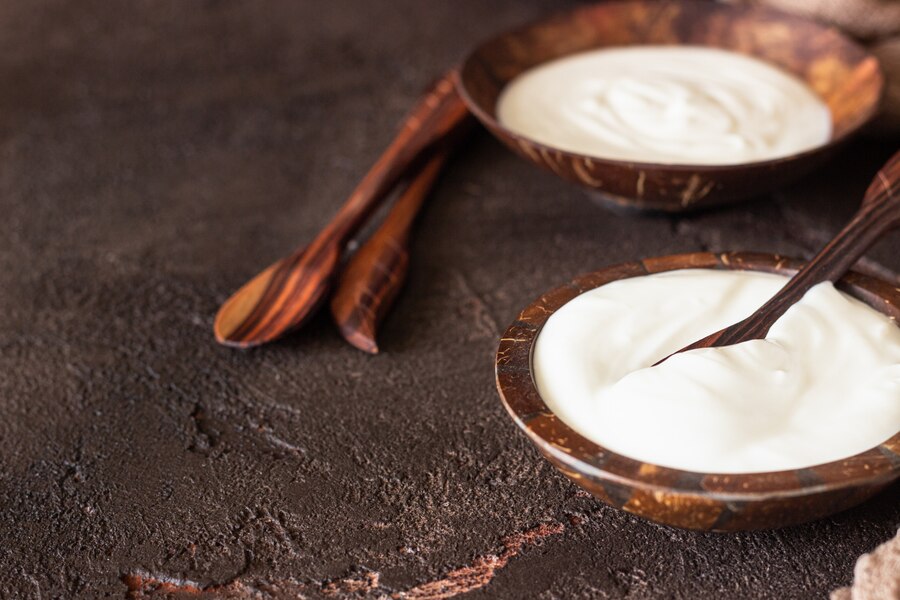
- Proper yoghurt dosage
I already discussed the significance of marination. You see, how you perform this step is also important. If you use too much yoghurt, the consistency of the biryani will suffer, becoming mushy. Therefore, verify that the amount used is just about right.
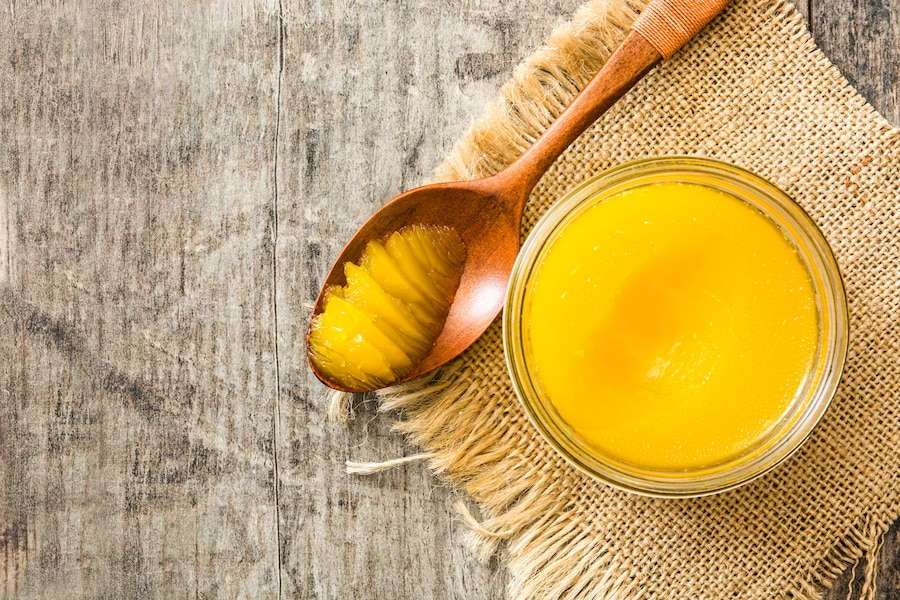
- Switching from oil to ghee
Ghee falls under the category of “healthy fat” and is shown to be healthy for you. This marvel gives the food a rich, delectable appeal. Ghee should be used in place of cooking oil for making restaurant-style biryani. This will enhance the flavour of your biryani.

- Bay leaf notion
Bay leaves are often referred to as the “magic seasoning” since they add an appealing flavour and scent that is often associated with a platter of restaurant-style biryani. With this method, you may double the effect. Place eight bay leaves at the bottom of the vessel. Along with adding flavour, this will also guarantee that the rice doesn’t sink to the bottom. Remember to take the leaves off as you serve!
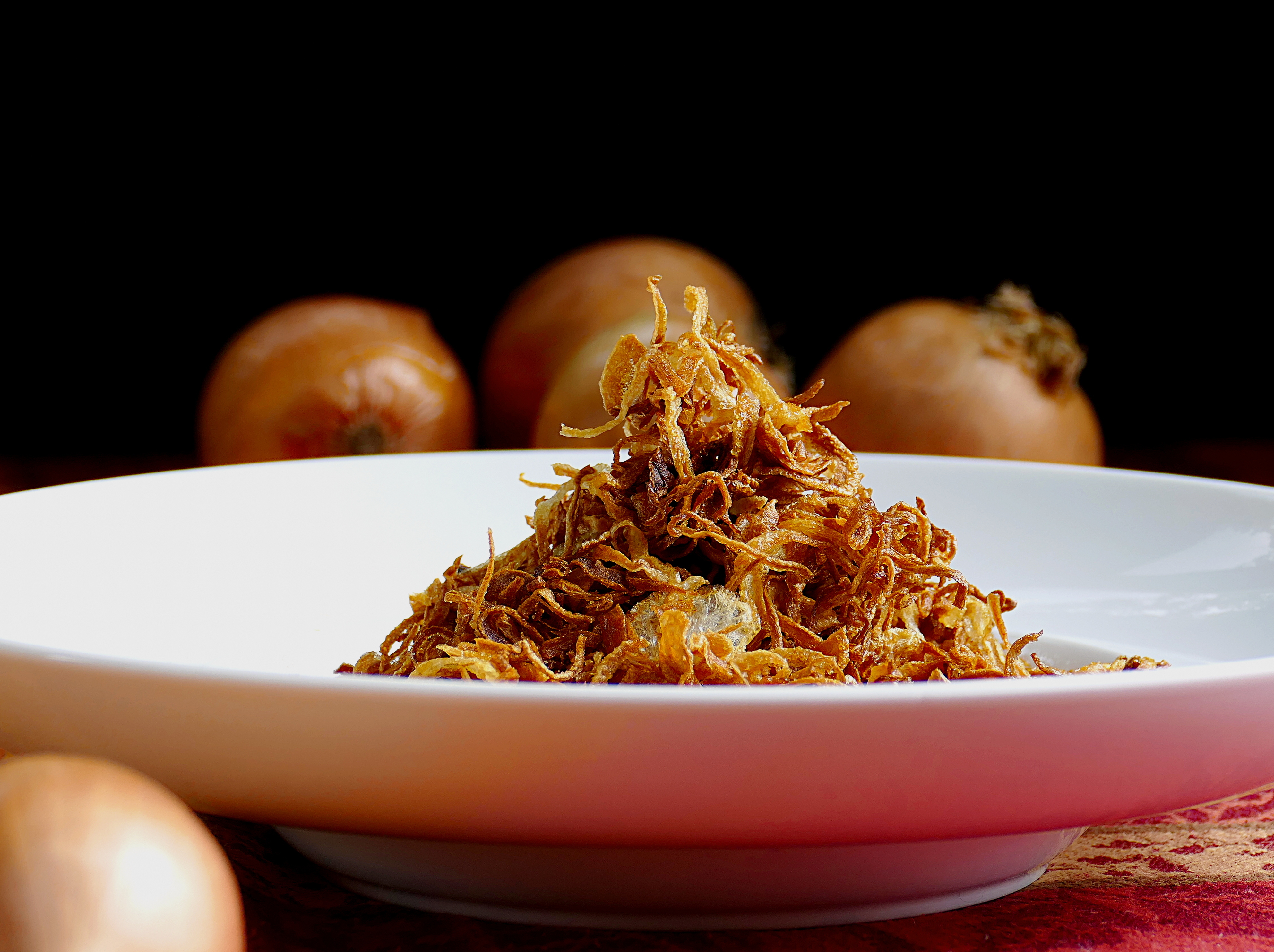
- Crispy onions are the charmers
Biryani seems incomplete without a tasty garnish of crunchy and delectable fried onions (barista), doesn’t it? There is a technique to achieve that true gourmet flavour. To make sure they are crisp, slice the onion finely, season them with salt and let aside for 10 minutes. Before deep frying it, make sure to drain out any excess moisture. I advise freezing the barista instead of refrigerating it and placing it on absorbent paper to remove excess oil.
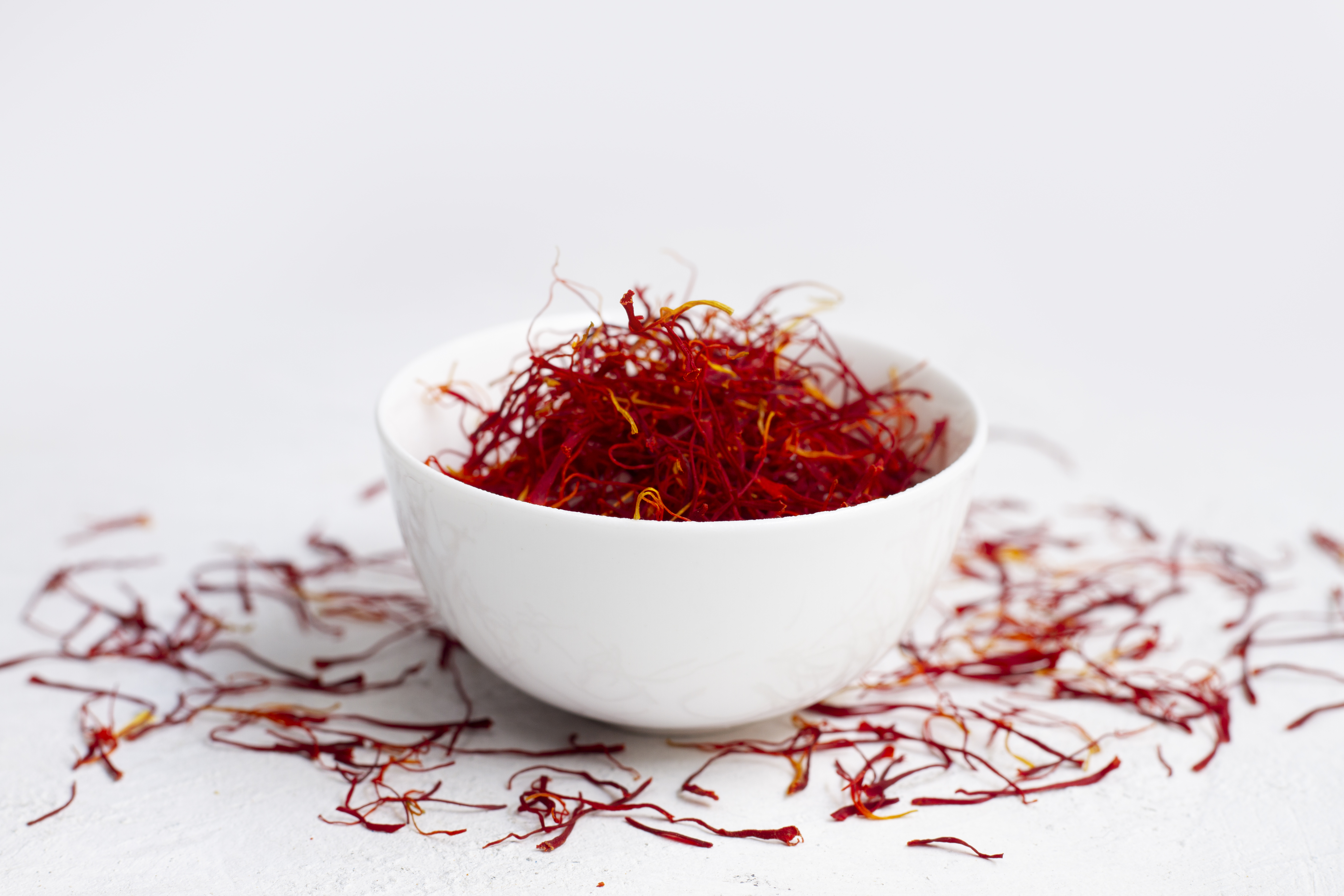
- A hint of saffron
Saffron is a crucial component in the majority of biryani varieties, as you may already be aware. However, it also depends on how you use it. Always let saffron sit in hot water for 10 to 15 minutes before using, is what I advise. This will give your recipe a lovely colour.

- Lemon for added zing
Lemon serves as a double pleasure because it has a mouthwatering tart flavour and regulates your stomach. Here is another way you can benefit from this citrus treat. When lemon is added to the dish, it both prevents the rice grains from clinging together and gives it that pleasing white colour. The perfect instance of appearance and taste lining up!
- Fix out the burnt taste
With so many procedures to follow, there is always the possibility of making a mistake, such as burning anything. Again, I’m here to help: when making biryani, always remember to turn off the heat at the proper moment. If you burn your biryani, there is a way out. Divide the nice parts and add dried lemon to the charred parts. This will counteract the burned flavour.
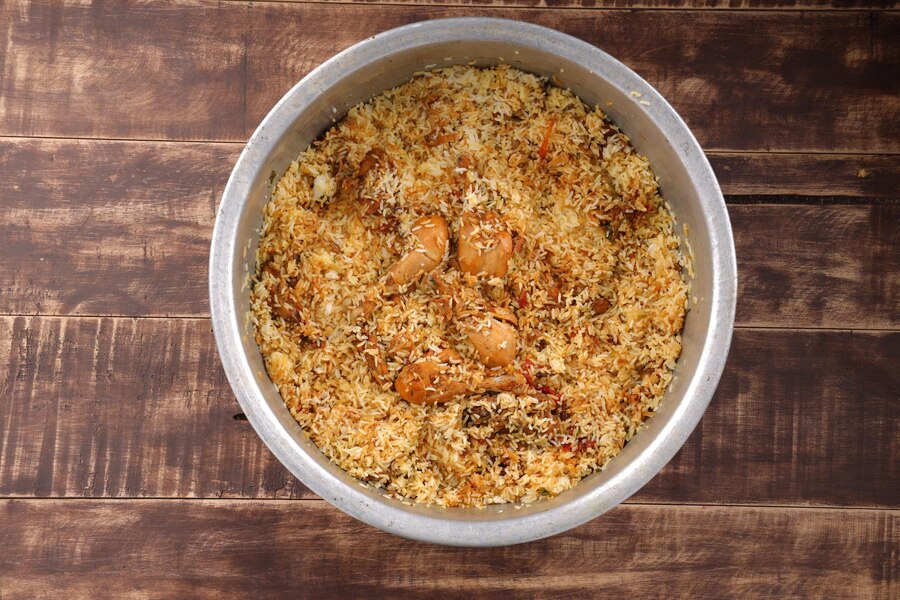
- An adequate vessel
In this instance, size does matter. Don’t skimp on the vessel you utilise. Reduce the amount of food that needs to be prepared or choose a larger pot. Rice should be cooked in a large enough vessel to provide for adequate cooking space. This will give you the restaurant-style biryani that looks beautifully spread out rather than awkwardly packed together. Finally, be cautious to soak it for 30 minutes before cooking and cook it just enough.
Here’s to happy cooking! Shop the ingredients now and enjoy a SplendEid restaurant-style Biryani!
Eid-al-Adha Mubarak!

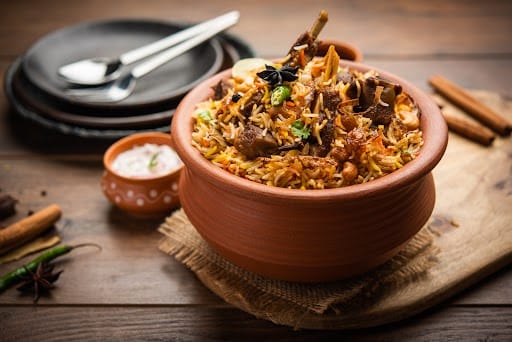
0 Comment